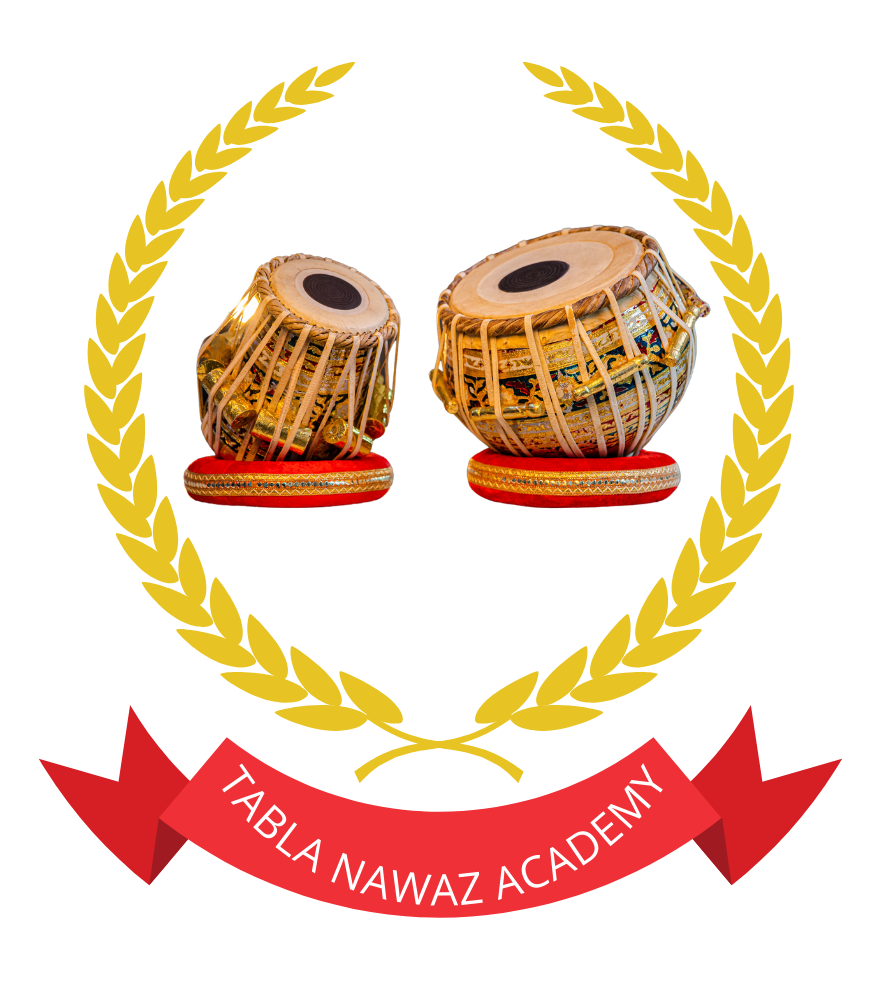1. Brahma Taal
- Total Matras: 28
- Divisions: 14
- Claps (Tali): 10
- Rests (Khali): 4
Structure:
- Claps on 1, 5, 7, 11, 13, 15, 19, 21, 23, 25.
- Rests on 3, 9, 17, 27.
Bol Sequence:
- Dha 51 Kit | Ta Ka | Dhum | Kit | Ta Ka | Dheऽ | Taऽ | Tiऽ | Kit | Ta Ka | Gadi | Gan |
2. Ashta Mangal Taal
- Total Matras: 22
- Divisions: 8
- Claps (Tali): 8
- Rests (Khali): None
Structure:
- Claps on 1, 5, 7, 11, 13, 17, 19, 21.
Bol Sequence:
- Thaऽ Kit | Ta Ka | Dhum Kit | Ta Ka | Dheऽ Ttaऽ | Ta Ka | Dha Din | Gin |
3. Yadu Krishna Taal
- Total Matras: 21
- Divisions: 9
- Claps (Tali): 7
- Rests (Khali): 2
Structure:
- Claps on 1, 3, 5, 11, 13, 15, 19.
- Rests on 8, 17.
Bol Sequence:
- Ghi Tir Kit | Dhi Na | Dhi Dhi Na | Tir Kit Tu Na | Katta | Dhin Na Dha | Ge Na Tir Kit | Ta | Dhin Katta Tir Kit |

The Mystical Brahma Taal: A Guide to its Rhythmic Depth.
Indian classical music is a treasure trove of rhythmic patterns (taals) that evoke awe and wonder. One of the rare and intricate taals is the Brahma Taal, an exceptional rhythmic cycle with 28 beats. Known for its complexity and grandeur, it is named after Brahma, the creator in Hindu mythology, symbolizing its foundational and all-encompassing nature.
Historical and Mythological Context
Brahma Taal is not commonly encountered in day-to-day performances. Its origins lie in the devotional and spiritual realm of Indian music. It is often associated with ancient compositions that highlight the rhythmic prowess of the tabla and pakhawaj, making it a gem of Hindustani classical music.
A lesser-known fact: Brahma Taal was often used in ancient temples during rituals to align rhythms with the cosmic cycles, symbolizing creation and universal harmony.
Structure and Characteristics
- Total Beats (Matras): 28
- Divisions (Vibhag): 14
- Claps (Tali): 10
- Rests (Khali): 4
Theka (Basic Rhythmic Pattern):
Copy code
Dha 51 Kit | Ta Ka | Dhum | Kit | Ta Ka | Dheऽ | Taऽ | Tiऽ | Kit | Ta Ka | Gadi | Gan
- Claps are marked on 1, 5, 7, 11, 13, 15, 19, 21, 23, and 25.
- Rests occur on 3, 9, 17, and 27.
This taal is notable for its long cycle, which demands immense concentration and skill from the performer.
Technical Aspects
Brahma Taal is usually played in Vilambit (slow tempo) or Madhya (medium tempo) to highlight its intricate rhythmic framework. The Bols (syllables) create a blend of soft and dynamic sounds that challenge even seasoned percussionists.
Famous Performances in Brahma Taal
- Zakir Hussain’s Tabla Solo: The tabla maestro Zakir Hussain has occasionally explored longer cycles like Brahma Taal in his improvisations, displaying unparalleled mastery.
- Temple Percussion Ensembles: Brahma Taal is occasionally featured in devotional temple music, especially in South Indian traditions that align with Carnatic rhythms.
Practical Applications
Brahma Taal is a favorite for advanced tabla learners exploring complex taals. It is also a fascinating choice for instrumentalists and dancers, adding depth and dimension to performances.
Interactive Section
Quiz: Can You Decode Brahma Taal?
https://www.youtube.com/@BhagawanSingh


